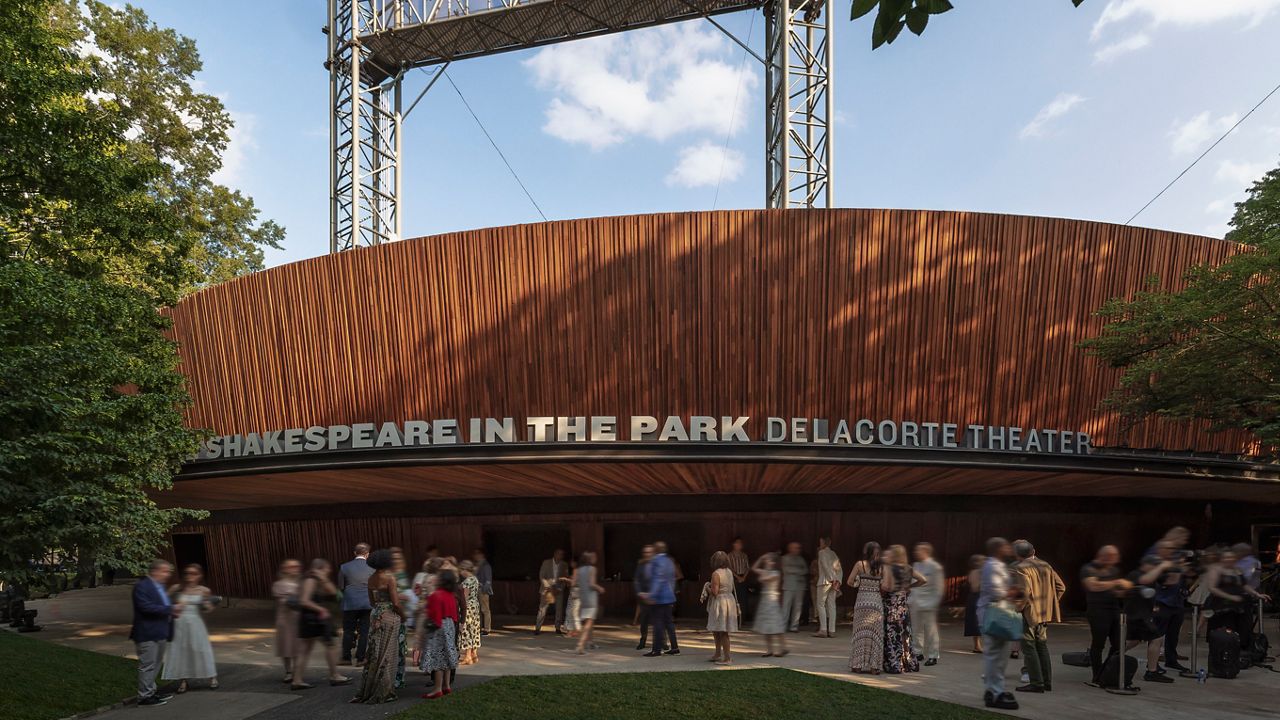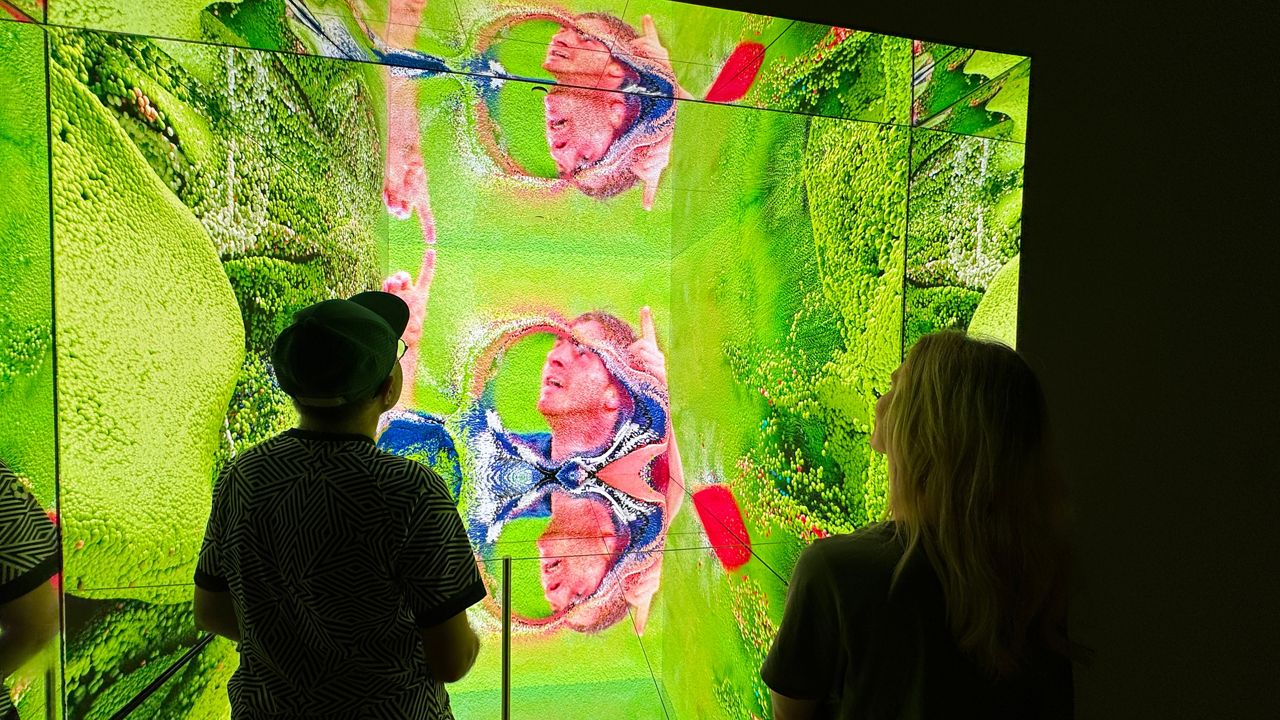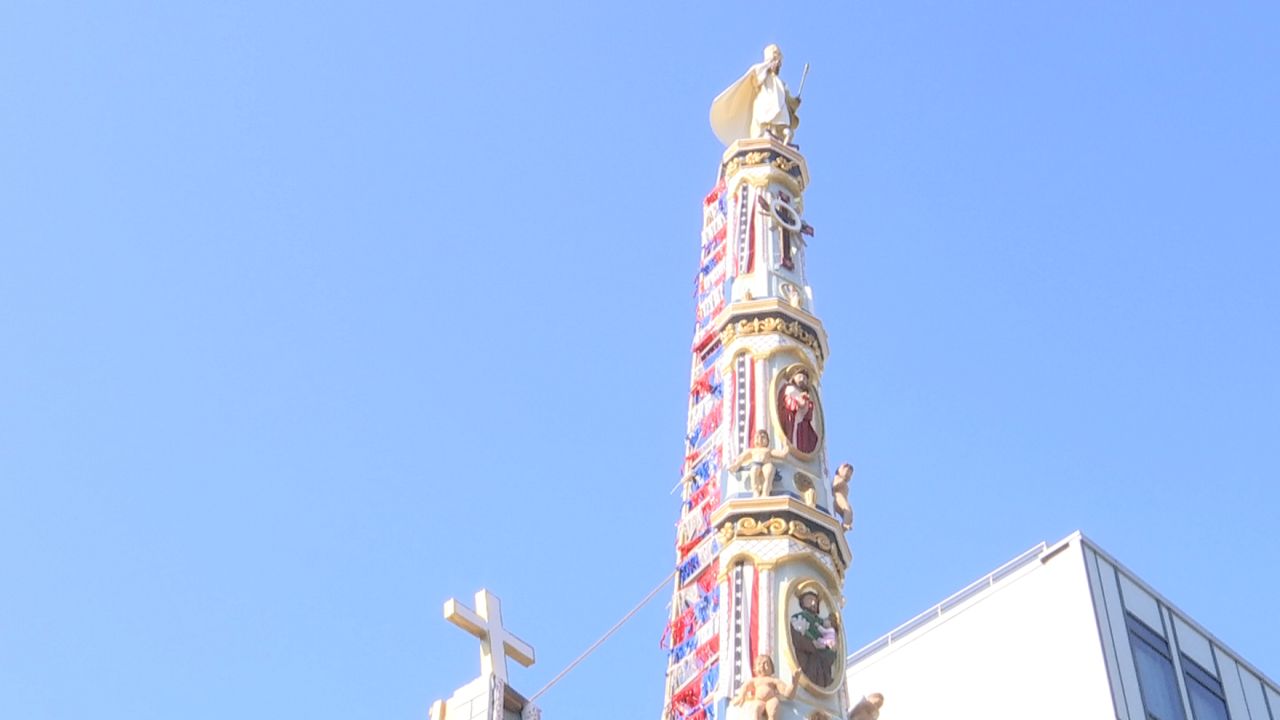The Brooklyn Botanic Garden is celebrating the 100th anniversary of its renowned Bonsai collection, one of the oldest and largest on public display outside of Japan.
Brooklyn Botanic Garden Director of Horticulture Shauna Moore points out what some may not see when looking at a pine tree cultivated into a Bonsai.
“You can see little wires in here that have been very gently laid upon the branches to guide and shape the form,” said Moore.
What You Need To Know
- The Brooklyn Botanic Garden is celebrating the 100th birthday of its renowned Bonsai collection
- Bonsai is the art of cultivating miniature trees in containers
- The exhibit pays tribute to Frank Okamura, the garden's first exclusive Bonsai curator
Bonsai is the art of cultivating miniature trees in containers, designed to depict trees as they would be shaped by nature. Translated from Japanese, Bonsai means "Planted in a Tray."
“Bonsai isn't one species or one tree, and it isn't the one tree or species that exists in a pot. It's really a way of expressing a landscape, expressing the tree's relationship to nature,” said Moore.
The collection began with the gift of trees and shrubs imported from Japan in 1911 by Connecticut landscape designer Ernest Coe.
“In 1925, he was moving to Florida and he donated 11 Bonsai to us,” said Adrian Benepe, president and CEO of the garden, who noted that three of the original Bonsai are still part of the collection.
The collection features more than 400 Bonsai. The exhibition space inside the Starr Bonsai Museum was reimagined, including a look at some of the smallest Bonsai in the collection. There are also a selection of Bonsai on Magnolia Plaza, one of the garden's first outdoor Bonsai displays.
The exhibit also pays tribute to Frank Okamura, who was the garden's first exclusive Bonsai curator.
He is celebrated manga-style with an exhibit created by artist Misako Rocks! and in a restored film from 1971. Okamura and his family had been interned in California during World War II.
“He came here, was put in charge of the Japanese Hill and Pond Garden, and then realized we had a very small and dormant collection of Bonsai. He learned about Bonsai and built it into a very large and important collection, and he was working here until about 1981 as sort of the Bonsai master,” said Benepe.
And that collection is being celebrated all summer and into autumn through Oct. 19. Plan your visit at bbg.org.










_PKG_World_of_Darkness_CLEAN_134672139_96)
